If you’re trying to eat healthier, you know to avoid that second serving of dessert and heart attack inducing deep-fried Twinkie. Sugar-free foods and fat-free foods seem like perfectly healthy alternatives. Even more, the push for gluten-free foods is rampant. Dig a little deeper though, and you’ll see that these foods may not be all they’re cracked up to be. Here’s some information on various fad foods and diets to get you started toward your New Year’s resolution.
Sugar-free Foods
This one seems pretty simple. Soda and sweet treats have been shown to cause a myriad of health problems, so eating and drinking sugar-free products should be good for me, right? Well, kinda. While limiting sugar intake is definitely a healthy move, products labeled as “sugar-free” often contain artificial sweeteners which have faced a lot of controversy.
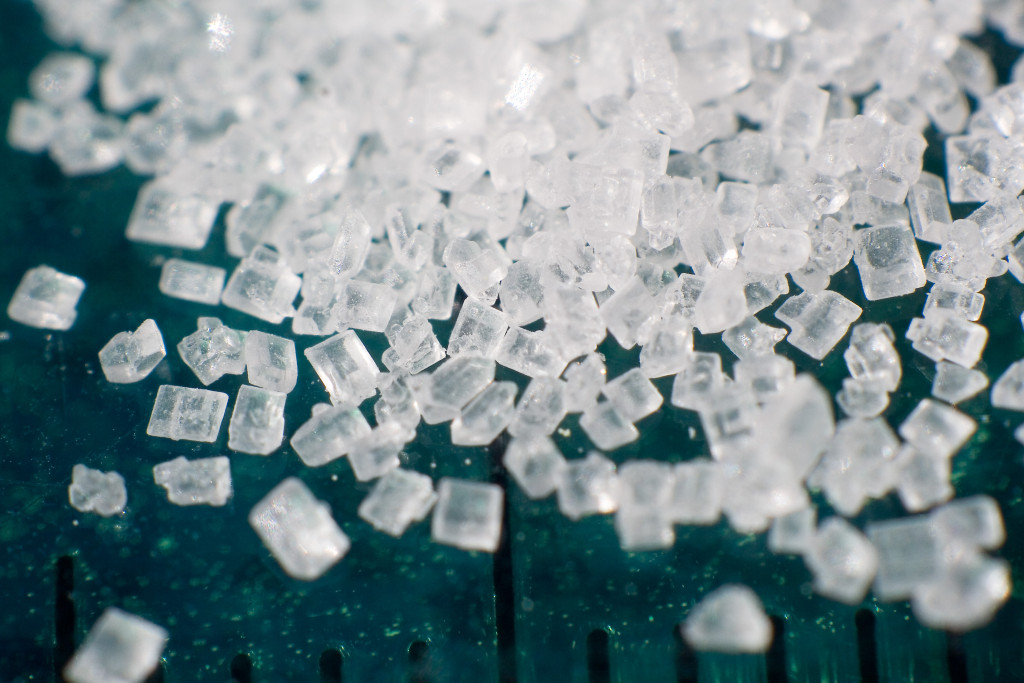
Photo Courtesy of Wikipedia
Some studies have suggested that products containing artificial sweeteners do indeed promote weight loss, while others suggest that they have no effect or may even promote weight gain. It is thought that while sugar stimulates reward centers in the brain, artificial sweeteners do not and cause you to crave even more sweets.
So even if you swap out a regular soda for a diet, you’ll still end up craving that cupcake after dinner if your meal doesn’t satiate you. While the idea that artificial sweeteners cause cancer has not had much scientific evidence, a new study has suggested that they may have negative effects on the bacteria which help digest food in our digestive system. While the choice is yours, I prefer my satisfying, sugary dessert as long as the portion size is not outrageous.
Fat-free Foods
Before we can even talk about fat free foods, let’s take a look at the three main categories of fats in our diet. Unsaturated fats remain liquid at room temperature and are mostly found in nuts, vegetable oils and fish. Saturated fats are solid at room temperature and are found in coconut oil, butter and meat products. Trans fats are man-made by hydrogenating unsaturated fats and are found in margarine, shortening and many store bought baked goods.
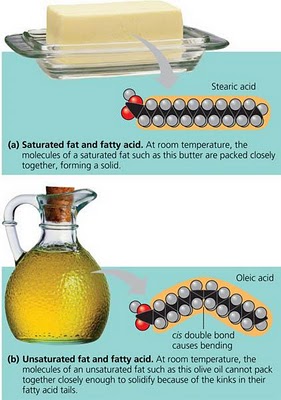
Courtesy of smartkitchen.com
OK, I wanna lose fat, so I should eat fat free! Not exactly. It turns out that the fat itself isn’t the biggest contributor to the fat on your waistline. It’s usually the large amount of wasted calories and sugars found in high fat foods (like desserts).
Fats found in more wholesome foods such as nuts and avocados are great at making you feel full. And trust me, swapping out creamy ice-cream for the fat-free variety filled with gross thickeners like xantham gum and guar gum leaves a terrible texture in the mouth. Moreover, fat-free foods typically have a lot of added sugar which will definitely plump your waistline.
That’s great, but won’t fat hurt my heart health? Once again, yes and no. Trans fats have been shown over and over again to hurt our cholesterol levels and negatively impact our heart health. Drop them and run! Remember that if a nutrition label says zero grams of trans fat, there can actually be up to 0.5 g. Your best bet is to look at the ingredients and avoid any products that contains margarine, shortening or hydrogenated oils.

Courtesy of Holistic Health Counseling and Education
Unsaturated fats have long been heralded as “good fats.” Many studies have shown that unsaturated fats (especially polyunsaturated Omega 3) are good for heart health and help keep you full. On the other hand, saturated fats have long been thought of as “bad fats” which are detrimental to heart health. However, countless studies have now shown that saturated fats don’t have a terrible effect on heart health. To sum it all up, don’t fear fat unless it’s trans fat. Just make sure to consume it in moderation.
Gluten-free Foods
There’s been so much talk about eating gluten free that it must be bad for us! Even the Jimmy Kimmel show asked, what is gluten anyway? It’s a combination of two proteins found in wheat and related grains that gives your pizza crust, bread and bagels their delectable textures. Unless you have Celiac’s disease (which less than 1% of the population has) or gluten sensitivity (with symptoms as bad as those in Celiac’s disease), gluten is completely harmless.
Not only that, but cookies, cakes and breads baked with gluten free ingredients just don’t have that precise texture that we’ve grown up loving. Additionally, gluten free products tend to have a lot of added fat and sugar to make up for that lack of texture. Essentially, you’re swapping out harmless and loveable gluten for extra fat and sugar. Combined with the higher prices, these foods are a bad deal.
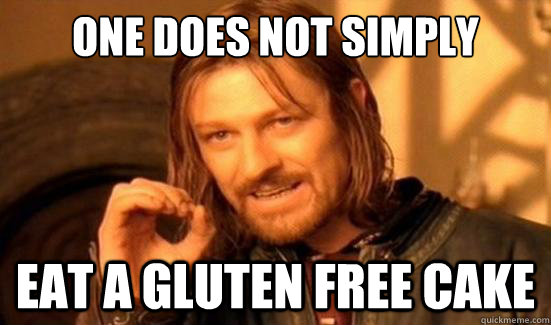
Courtesy of quickmeme.com
Natural Foods
“Natural” conjures up images of a giant tree-lined farm with little rabbits frolicking while a farmer carefully harvests some vegetables and gently places it in his hand basket. Unfortunately, this word means nothing. Neither the FDA nor the USDA have given definitions for this word, so even a bag filled with unhealthy gummy bears can be labeled as natural. Total bologna. In fact, even genetically modified foods can be called natural, which leads us to…
Genetically Modified Organisms (GMOs)
Genetically modified produce is consumed all the time. Some studies even claim up to 85% of the North American food supply has been genetically modified. But what exactly are they? Once again, Jimmy Kimmel asked the same question.
Here are the basics: Mutations and long-term population changes to DNA are a natural process. In fact, they are the driving forces behind evolution. For GMOs, a scientist identifies a desirable trait in one organism (such as tolerance toward a disease or sweeter taste) and transplants that gene to a different organism.
Farmers have been doing this for centuries as they selectively bred plants in a process called artificial selection. Now, it’s just done in a lab on a faster timescale. There hasn’t been any evidence to suggest that GMOs are harmful to human health. Nobody puts it better than Neil deGrasse Tyson in this hilariously stern video.
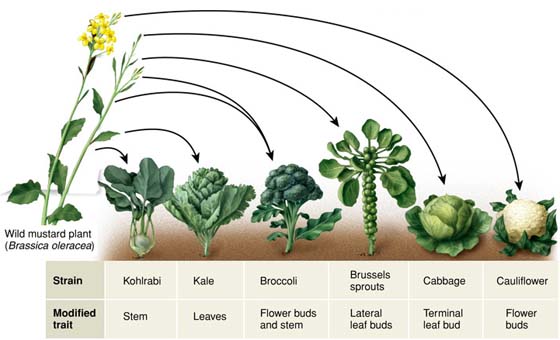
Courtesy of sites.google.com
Organic Foods
Unlike “natural,” the USDA does have concrete requirements which promote soil and water conservation for a product to be labeled as organic. Products composed of one ingredient which meet their standards can carry a USDA organic label. Multi-ingredient products which are labeled as organic and carry the USDA organic label must be at least 95% organic. Those with at least 70% organic ingredients can be labeled as “made with organic ingredients,” while those with fewer can not use the word organic outside of their ingredient list.
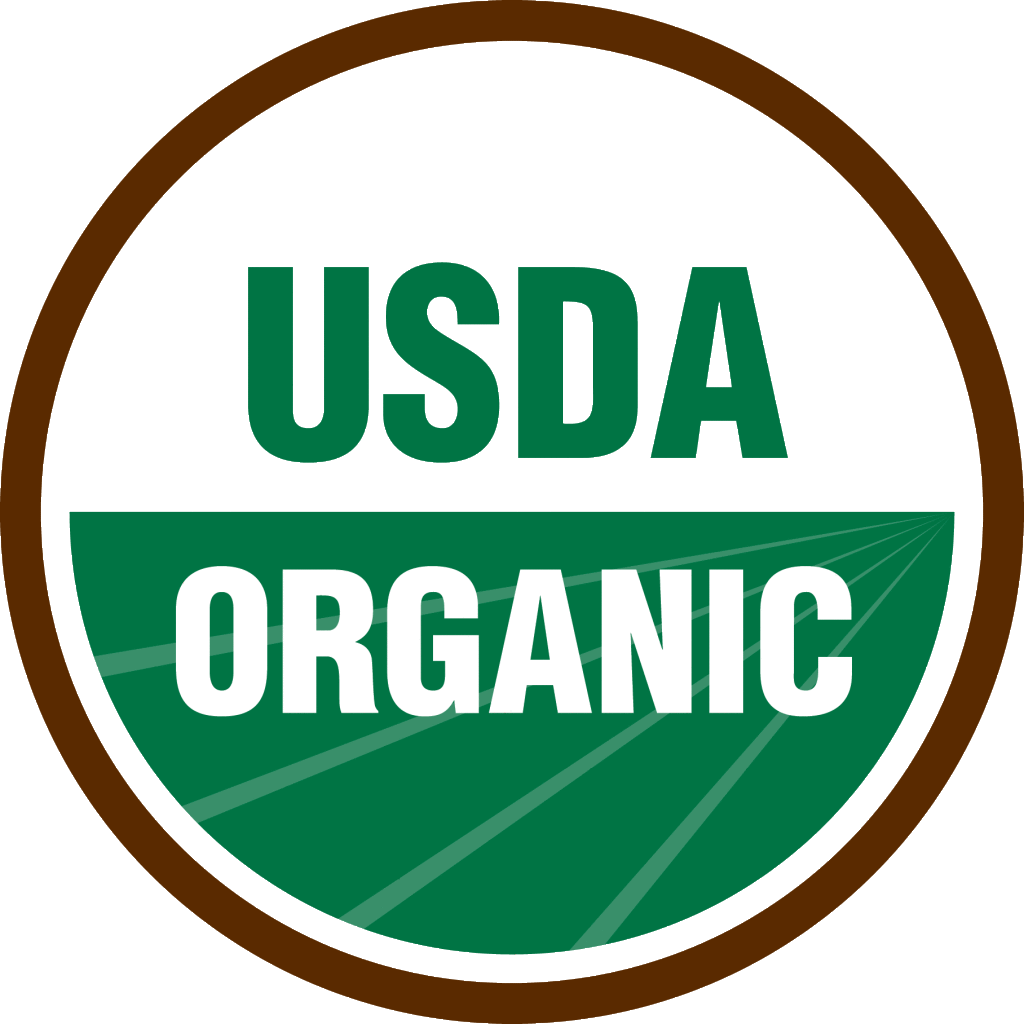
Courtesy of USDA
While organic foods haven’t been shown to be more nutritious, many people prefer them to avoid pesticides and other chemicals which may be present from non-organic farming methods. Refer to this list to see some of the worst offenders. Keep in mind that organic food tends to be more expensive. Regardless of whether your produce is organic or not, always be sure to wash it thoroughly before consumption.
High-fructose corn syrup
High-fructose corn syrup (HFCS) is a sweetener used by the food and drink industry in place of sucrose (standard table sugar) because it’s both cheaper and sweeter. While activists have both supported and fought HFCS, most scientific articles on the substance haven’t shown it to be any major detriment to human health. Just like sugar, HFCS should only be consumed in moderation. However, drinking it is probably not going to hurt you considerably more than eating spoons of sugar.
Atkins Diet
The Atkins diet relies on cutting out most carbohydrates from the diet and including foods richer in protein and fats. You start in a very restrictive induction phase to “jumpstart weight loss” and eventually work your way back up the “carb ladder” to include more foods. The idea is that depriving the body of carbohydrates makes it turn to fat stores as its energy source. This diet has been shown to help weight loss. However, another study has suggested that Atkins is effective in the short term but questions its efficacy for periods longer than twelve months.
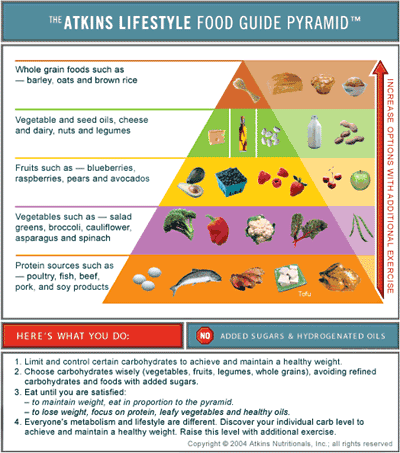
Courtesy of howstuffworks.com
As a byproduct of fat metabolism, your body produces a large amount of ketones. As many people on low-carb diets can attest, these compounds result in bad breath that no amount of brushing or flossing can remove. Additionally, cutting out whole food groups such as grains and dairy can lead to vitamin deficiencies, especially for calcium, potassium and magnesium in the case of the Atkins diet.
Most importantly, carbohydrates are our main energy source. People on this diet often have lower energy levels. Especially in our carbohydrate rich American diet, this diet is notorious for being very difficult to stick to for an extended period of time.
Paleo Diet
The idea to the “caveman diet” is that our ancestors were hunter-gatherers and not farmers. So say hello to lean meats, fish, fruits, veggies, eggs, nuts and natural oils and say goodbye to refined foods and oils, dairy, grains, potatoes, beans and legumes. This diet is excellent for emphasizing lean meats and lots of fruits and veggies as the bulk of your diet and cutting out refined junk foods. However, it is impossible to adhere to this diet as a vegetarian since good vegetarian sources of protein are not allowed. Additionally, lots of meat and fish make for expensive trips to the grocery store.
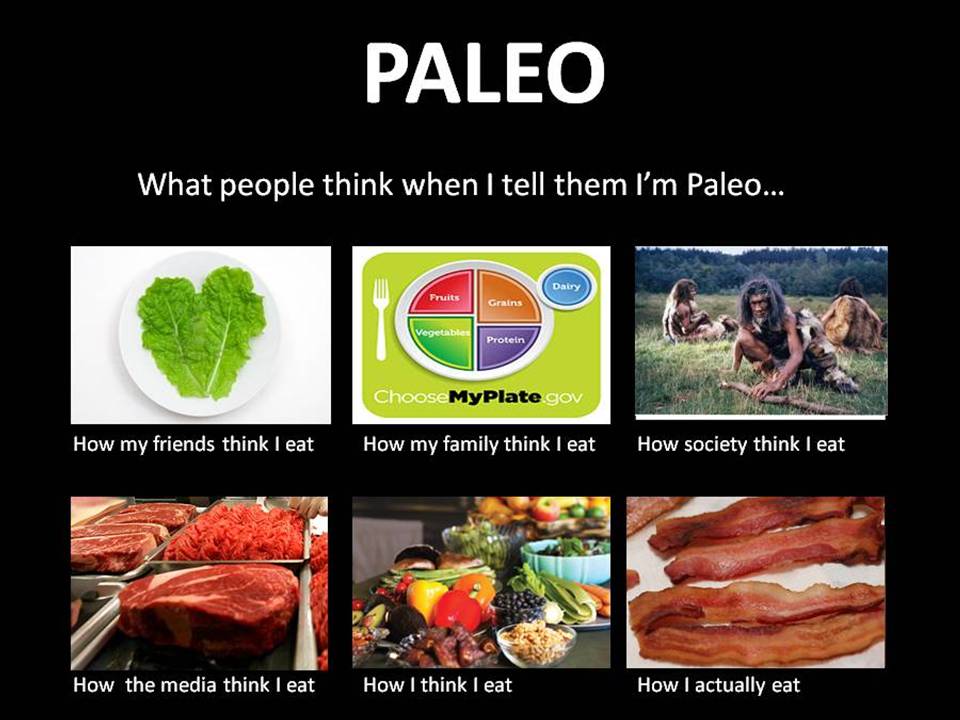
Courtesy of paleohacks.com
General Tips for a Healthy Diet
1) Fruits and veggies are your best friends: Have you ever seen anyone who is overweight because they eat too many fruits and veggies? Not only are they a good source of nutrients, but they are naturally low in fat and sugar, help keep you hydrated with their high water content and are filled with hunger destroying fiber. While you keep the weight off, your wallet will stay fatter because they tend to be relatively cheap too.
2) Avoid processed foods: Where do I even start with this one? These foods tend to be higher in calories, sugars and fats, contain tons of additives and preservatives and usually don’t help keep you full. A diet with tons of chips, soda and other packaged goods may be convenient, but it’s almost guaranteed to pack on the pounds.
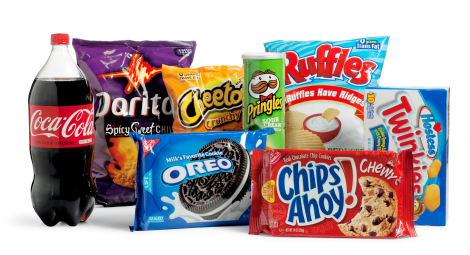
Courtesy of prezi.com
3) Don’t cut out whole food groups: While it certainly can be done in a healthy manner, cutting out whole food groups can be difficult to maintain over time. Not only will the temptation drive you crazy, but you will often miss out on vital nutrients if you don’t plan carefully. The one exception might be cutting out meat, as there are many other good sources of protein. Other than that, grains, fruits, veggies, dairy and even sweets all have something to offer.
4) Everything in moderation: Want some fried chicken? Go for it. Your grandma’s apple pie? Why not? That muffin calling your name? Eat it. Satisfying your desire for a food is not a bad thing. In fact, an occasional cheat meal in your diet will help you stay motivated during healthier meals. However, make sure to control your portion sizes, and control how often you indulge.

Courtesy of howstuffworks.com
5) Cook more: Cooking at home saves you cash and allows you to control exactly what goes into your food. You get to explore with spices, ingredients and flavor combinations that you might otherwise miss. Above all, you can control the salt, fat and sugar that lurks while eating out.
6) Keep up the variety: Your body is a complex place. It’s nearly impossible to determine all the effects of any substance or food group. For example, many studies have suggested that low-carb diets help treat epilepsy. Your best bet is to eat a variety of different foods each week (eat the rainbow!) to take in all sorts of different nutrients.
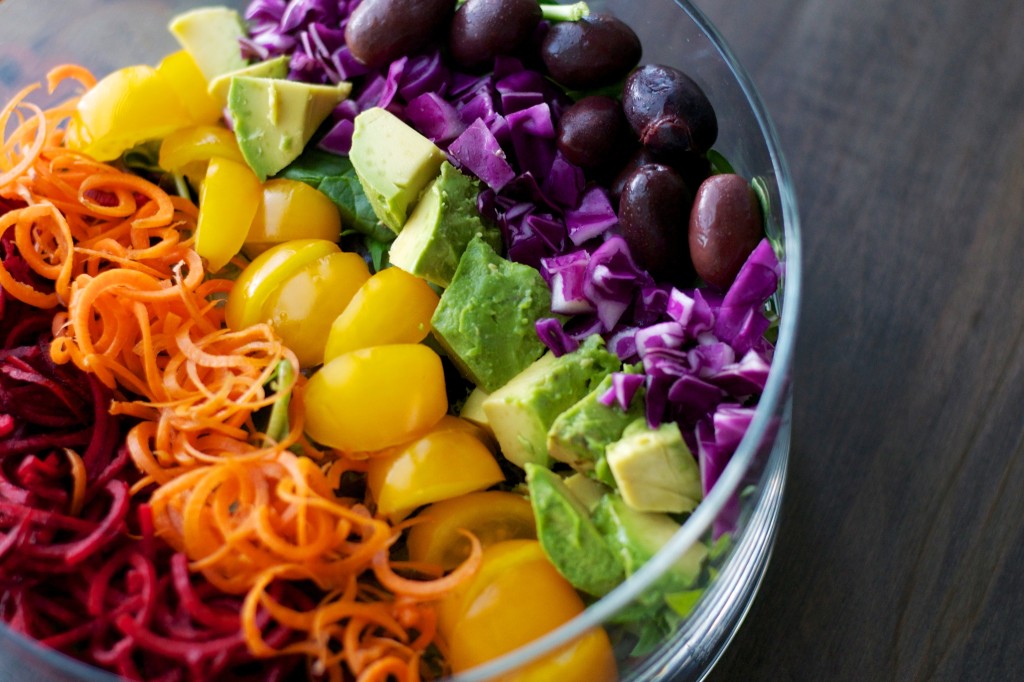
Courtesy of veganculinarycrusade.com

